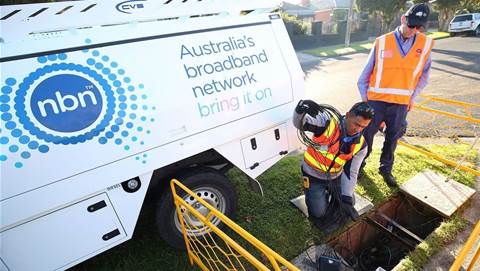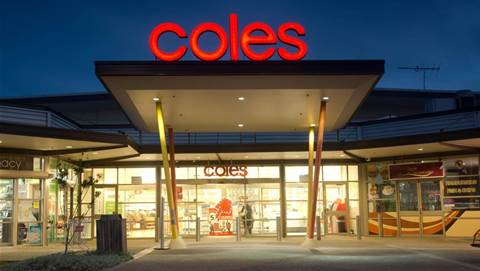Transforming your business from a product company to a services business requires a fundamental overhaul of how you work, and should not be viewed as mere financials, says Charles Giancarlo, CEO of Mountainview based technology company Pure Storage.
Having overseen this transformation since joining the company in 2017 he shared his insights with Digital Nation Australia.
Digitalisation is driving the realignment of many product businesses, especially in the B2B world.
Industry analysts Gartner for instance say that the pandemic has accelerated the change as severe lockdown restrictions globally limited customer engagement touchpoints.
“The combination of digital and product aims to address this challenge of providing an engaging platform that matches consumers’ expectations. This is not just about an additional service, but the ability to have a new digital business model where manufacturers can maintain a connection with the consumer past the sale of the product, by connecting more with the brand as well as with brand experts, other customers and advanced users.”
Across the broader manufacturing sector, Gartner is predicting the rise of Equipment as a service (EaaS). The researchers define EaaS as a commercial model where businesses pay for operational assets through recurring operating charges rather than purchasing equipment.
While the approach remains rare in general manufacturing, the growing experience of technology businesses like Pure Storage provides a model for boards and executive teams considering the shift.
Giancarlo told Digital Nation Australia, “What I would tell you is that if a company stops at just creating a financial construct for subscription as an alternative to a capital expense sale, then they misunderstand the entire environment. Because this subscription model is not [just] about a financial construct."
As an analogy, he said it’s the difference between selling a customer a great washer dryer to clean their clothes and providing a clean clothes service. “You actually have to actually deliver clean clothes to their closet. So when they walk into the closet, everything is ready for them, their shoes are shined, their blouses or their shirts are cleaned and ironed and they are ready to put on.”
His point — company leaders need to focus on the outcomes customers expect, he said, and ask themselves, "What is it we need to do in order to deliver that? And how do we deliver that without a lot of human middleware?”
His views reflect the attitudes of management consultants like Bain and Co and McKinsey and Company who last decade started telling their clients that every business needs to think like a software business, and which led Marc Andreessen to famously observe that software is eating the world.
In that same article in 2011 Andreessen noted, “Software is also eating much of the value chain of industries that are widely viewed as primarily existing in the physical world.”
Now, a decade later, it’s a lesson that leaders like Giancarlo have taken to heart and which drives their strategy.
“You want to deliver it as much as possible through software, right through. And by analysing data, and delivering it with as little labour as possible. So it's a very different way of thinking about the business very focused on outcomes.”
It is not always an easy transition.
“Our company, despite the fact that we've been at the forefront of data storage technology, in a sense, our processes the way we did that were old school, right, we were selling the most advanced technology, but we were selling it using the old school methods.”
“Account teams calling on customers, delivering it physically, but then dropping it off at the loading dock and expecting the customer to do everything after that. Now with our Pure as a Service, we don't sell a product, we sell a service level agreement. What does that mean? It's a contract for our customers for an outcome. And we have to live up to that outcome.”
Automation is critical, he says. “We automate everything in the background. Before the customer would have to set up the product themselves, they'd have to create the services on the product, they'd have to monitor it, upgrade it when they needed to.”
As a final observation, Giancarlo suggests the shift to services also ushers in a new model of continuous improvement.
“The era of forklift upgrades is over. Rather than huge changes every few years, being a service-based business means committing to a path of continuous innovation.”


_(22).jpg&h=140&w=231&c=1&s=0)
.png&h=140&w=231&c=1&s=0)





_(26).jpg&w=100&c=1&s=0)

 iTnews Executive Retreat - Security Leaders Edition
iTnews Executive Retreat - Security Leaders Edition












_(1).jpg&h=140&w=231&c=1&s=0)



